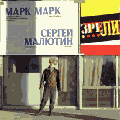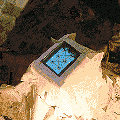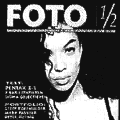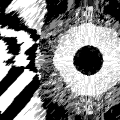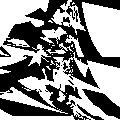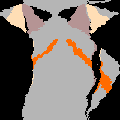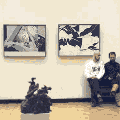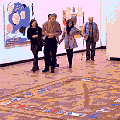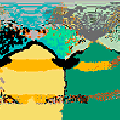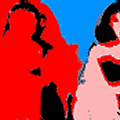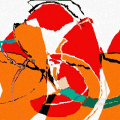Auto Composing
Extension of creativity by cloning
The basic idea in the concept of Auto-Composing is to develop the artist as one who does
not have to appear physical to create.
The act that is necessary to create the piece of Art as a product is taken over by a
computer program. This software then is representing the artist as a clone of his
conceptions and as being the curator of them. The clone artists thus created manifest the
inner world of the artist, converted into an artificial dimension.
By programming the computer, the clone receives instructions to determine his being. When
the clone is activated, the process of communication between the artist and his clone is
in progress. The artist communicates with himself by using the clone as a medium to reflect
his ideas. The interaction between them results in a clone that can create without the
artist being directly physically involved when creating his Art. The clone does not repeat
the Art pieces of the artist. Instead, It repeats the concepts upon which the Art is based.
This implies a certain freedom for the clone. This freedom represents the freedom that the
artist also permits himself when exploring his creativity.
The clone has a double function: to the audience as a performer to represent the artist and
to the artist has his alter-ego to communicate with: to produce the Art and to develop the
concepts for this Art.
The creation of the clone and the collaboration with him has two important aspects:
doing elementary research on the science and philosophy of Art (both objective and
subjective) and to develop practical concepts for the creation of Art in its material
context (production).
|
The collaboration of the artist with his clone is an interaction between both the creative
and intellectual processing in which the clone is the extra dimension. The clone is the
interface to have both the creative and intellectual mind collaborating at the same time
with a minimum of conflicts.
|
|
By having a joint-venture with his clone, the artist tries to gain the advantage of
unification with a partner without the need to compromise. The hierarchy between the
artist and his clone is stable and thus never will lead to a social conflict that can
obstruct the potential of unification.
|
 |
The de-socialization of unification becomes complete by using a clone.
The artist collaborates but remains lonely : realism.

